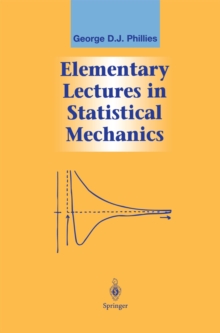
Modeling Complex Systems PDF
by Nino Boccara
Part of the Graduate Texts in Contemporary Physics series
Description
The preface is that part of a book which is written last, placed ?rst, and read least.
Alfred J. Lotka Elements of Physical Biology Baltimore: Williams & Wilkins Company 1925 The purpose of this book is to show how models of complex systems are built up and to provide the mathematical tools indispensable for studying their dynamics.
This is not, however, a book on the theory of dynamical systems illustrated with some applications; the focus is on modeling, so, in prese- ing the essential results of dynamical system theory, technical proofs of th- rems are omitted, but references for the interested reader are indicated.
While mathematical results on dynamical systems such as di?erential equations or recurrence equations abound, this is far from being the case for spatially - tendedsystemssuchasautomatanetworks,whosetheoryisstillinitsinfancy.
Many illustrative examples taken from a variety of disciplines, ranging from ecology and epidemiology to sociology and seismology, are given.
This is an introductory text directed mainly to advanced undergraduate students in most scienti?c disciplines, but it could also serve as a reference book for graduate students and young researchers.
The material has been ' taught to junior students at the Ecole de Physique et de Chimie in Paris and the University of Illinois at Chicago.
It assumes that the reader has certain fundamental mathematical skills, such as calculus.
Information
-
Download - Immediately Available
- Format:PDF
- Publisher:Springer New York
- Publication Date:18/04/2006
- Category:
- ISBN:9780387216461
Other Formats
- Hardback from £79.99
- PDF from £46.74
- Paperback / softback from £57.89
Information
-
Download - Immediately Available
- Format:PDF
- Publisher:Springer New York
- Publication Date:18/04/2006
- Category:
- ISBN:9780387216461










